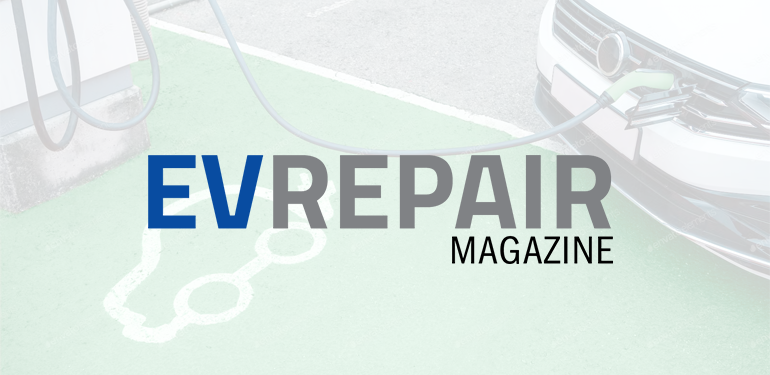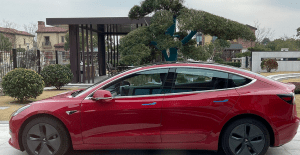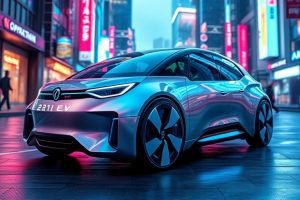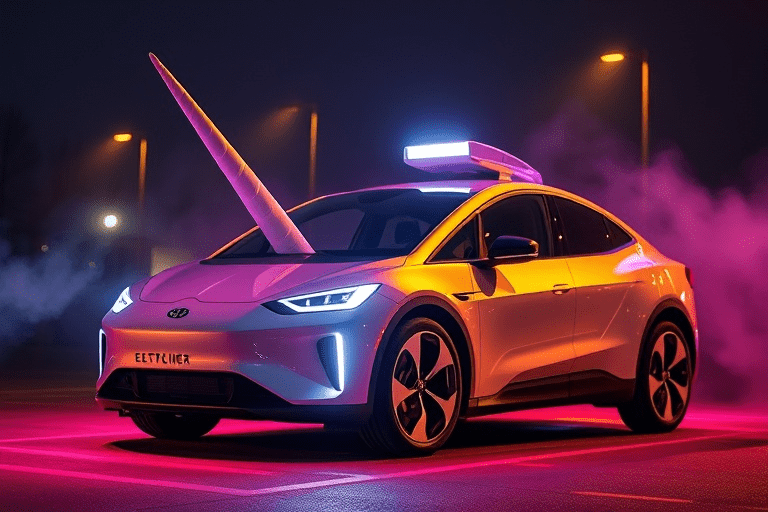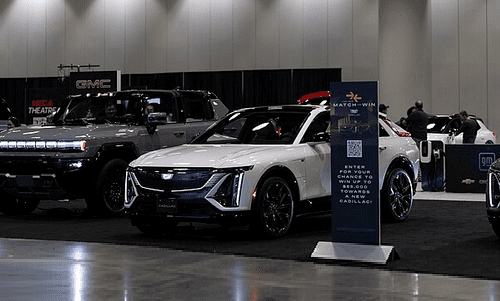Toronto, Ontario — In this week’s EV/AV report, Stellantis announces Level 3 self-driving vehicles by 2024, J.D. Power releases a consumer report on Canadian EV perspectives and a solar car from the Netherlands has its time to shine.
Autopilot Rollout
This week, Stellantis announced that Valeo’s third-generation LiDAR will be used on several Stellantis models from 2024 onward, allowing for even more advanced autonomous driving systems to hit the consumer market.
According to Stellantis, Valeo’s LiDAR will enable the creation of Level 3 self-driving vehicles—the first level of autonomy where drivers may take their hands off the wheel and eyes off the road. Self-driving vehicles currently on the market require constant driver attention for safety purposes.
For the uninitiated, LiDAR bounces light waves from the surroundings to create a picture the vehicle can understand. Imagine a radar or sonar system with lasers on your car and you got the idea.
While this technology will hopefully improve driver safety, recent controversies involving driver assistance and automated driving systems have led to increased scrutiny from organizations like the NHTSA.
Borderline Consideration
According to a survey by J.D. Power Canada, on in two Canadian consumers were unlikely to consider an EV—a stark contrast to the United States where six in ten consumers considered an EV for their next purchase.
Where things get interesting is the significance of geography for Canadian consumers, both literally and figuratively. Distance and temperature distinguishes Canadian consumers from American ones, but variation in provincial support infrastructure and EV subsidies play a key role.
For instance, Consumers from British Columbia and Quebec showed much more interest in EVs at 59 percent and 50 percent respectively. By contrast, only one in three residents from the prairies and Atlantic Canada had much interest at all.
Easy Energy
Dutch company, Lightyear announced a vehicle that may be the next solution to vehicular energy needs: a car that runs off sunlight.
While the Lightyear 0 is equipped with traditional EV wired chargers, its primary energy source is the solar roof which the company says can “charge on the go and gain up to 70 kilometers per day from the sun alone.”
While vehicle’s results are promising, testing was conducted in Spanish and Dutch summer climates. Colder, shadier climates have rarely been kind to EV performance, and the Lightyear’s performance in the summer might keep it exclusive to tropical climates for the time being.
This sustainable EV is constructed from environmentally conscious materials such as plant-based leathers, and clocks in at US$ 265,000 before additional costs—a luxury vehicle for the eco-friendly driver who loves the sun.




